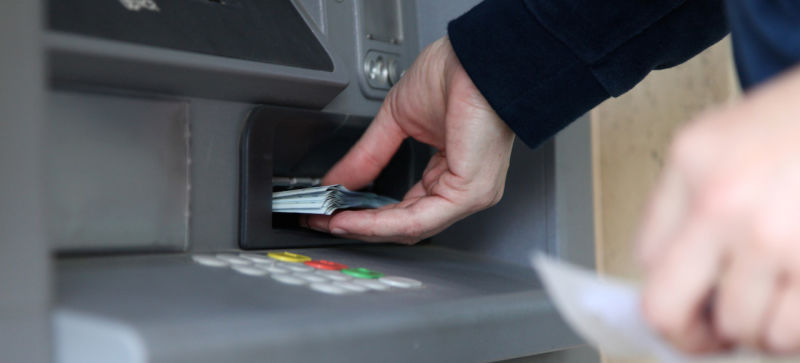Every day, people visit ATMs and get cash, even if they’re not using ATMs that relate to their banks. However, that consistent popularity, coupled with the huge amounts of cash ATMs have inside, have made the devices popular targets for cyber criminals.
 Hackers Remotely Attack ATMs
Hackers Remotely Attack ATMs
A few years ago, cybercriminals mostly used their know-how to steal customers’ payment details, and those effects were severe enough. In many cases, hackers were able to go through with making huge transactions before cardholders accessed their bank accounts and realized something was wrong.
This scenario is certainly stressful for people who find themselves without ATM cards for days or even longer, and it could reap big rewards for the perpetrators. But now, hackers look to bigger targets: Bank networks.
This year, several European countries were affected when hackers used software to remotely command ATMs to release cash. The software reportedly not only gave the hackers access to the machines, but also the banks’ associated payment networks. Earlier this year in Bangladesh, such a heist resulted in hackers nabbing more than $81 million.
More Details About Hacking Advancements Related to ATMs
Internet security firm Trend Micro released details about recently uncovered malware known as Alice, which is only designed to empty the contents of an ATM’s safe. Unlike some previous iterations of things built to tamper with ATMs, Alice cannot be controlled through an ATM’s keypad. Like in the instances discussed above, it’s controlled from afar, although the news about Trend Micro did not disclose whether the Alice malware was behind the ATM attacks earlier this year.
Hackers Are More Careful About Keeping Tactics Under Wraps
Internet security specialists have become aware that hackers realize they have to move quickly and stay at least one step ahead of the products and organizations meant to stop them. Instead of using off-the-shelf offerings to carry out attacks, there is a high likelihood they’ll start using custom packages that may not even be known to cyber security firms yet.
However, the outlook is not entirely bleak, especially since digital forensics teams are beefing up on cyber security principles to bring down hackers. For more details about how digital forensics is an industry on the rise and why that’ll likely be so for a while, review this infographic. As you’ll see, there has been an awareness of computer-based crimes since the late 1970s. But as technologies have changed, so have cyber security threats.
Strategies to Protect Yourself
Banks have taken some precautions against hackers, such as installing shields over the keypads of their machines to prevent spying eyes from obtaining typed PINs. However, since ATM cyber security threats are constantly evolving, it’s arguably more important to take a proactive stance. Take it upon yourself to stay educated about emerging ATM threats, and check your bank account frequently so you’ll know if something’s amiss. Don’t just wait to be contacted by your bank’s fraud department.
Now that you’re more up to date about ATM threats, maybe you see these devices in a new way. Although they’re convenient, they’re also at risk for cyber attacks.
